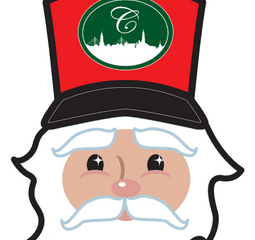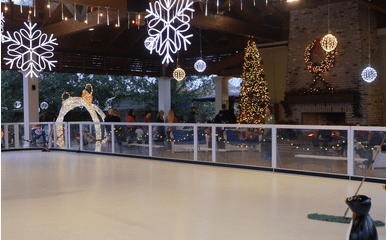Uncategorized
Go Bigger and Better: 6 Large Format Printing Tips for Big Results
Whether you are looking to design banner stand graphics, rigid hanging signs, or fabric exhibits, large format (or wide format) printing will help you tell your brand story in a big way.
Unfortunately, you can’t simply sit back and wait for things to happen—you have to be proactive and put the right processes and techniques in place. To help you out, here are large format printing tips you should put into place to get the best results:
Keep things simple
A large canvas means that you have a large real estate to play around with, but this doesn’t mean you should have everything there. As much as you have a large area, it’s easy for things to get cluttered and overwhelming for your viewers.
As you are coming up with the large format design, remember the aim is to pass the message, not to fill up the canvas. And to achieve this, you need to:
Choose the right graphic: This can be a photograph or a unique element designed by your designer. If you are going to use a photograph, ensure the camera settings are right. This is to prevent your image from looking pixilated and have poor resolution when you scale it up.
Instead of shooting the photos in JPG format, shoot them in RAW. This way, the photos will look crisp and clean even on a large scale.
If using elements from your designer, ensure the designer knows what they are doing. You don’t want to hire an armature who will botch up your work.
The branding element: Your large format design should also have your company name, logo, and any other identifying elements. Place these in strategic areas so the viewer can tell who is sending the message.
A statement: This is the message you want to send, and everything hinges on it. As you are coming up with the message, remember that an average person takes about seven seconds to form a first impression, so you need to ensure that the message is clear, concise, and easy to understand.
Use the right font
You might be using the right image, and the message is on point but fail to get your viewer’s attention as you are using the wrong font. To choose the right font, consider these tips:
- Avoid Sans serif fonts with excessively wide spacing between the letters as they can make the gaps between the words less obvious.
- Avoid excessively bold fonts, as they will make your graphic look crowded and sometimes illegible.
- Avoid script fonts, as most script and specialty fonts are difficult to read. Experts report that these fonts limit the ability to differentiate individual characters. If you have to use the fonts, do it minimally.
- Avoid thin fonts, as your text will be lost amongst the other elements
An ideal font is one that is well spaced and has clear gaps between the words.
Be minimalistic in your color use.
It seems as if the larger the area you have, the more minimalistic you should be, and it’s the same thing with colors. When choosing colors for your graphic, choose two or three colors that work well together in a complementary palette.
Remember, the fewer the colors, the easier it will be to better impact and enhance the brand identity. The exception to this rule is designing a product where details are vital to passing the message. For example, when designing posters for your event.
Although RGB color mode has plenty of colors to choose from, avoid it and instead use CMYK mode as this is the most popular mode with printers.
Guide the viewer’s eye
Printing your message isn’t enough—you need to guide your viewer to the message. As you are coming up with the design, think about the message you want your viewer to see first. Where do you want them to go after reading that message? You need to guide them.
Thankfully, there are plenty of techniques you can use to guide your viewer’s eyes and get them to perform the intended action. Some of the techniques you can use include:
Position import information high in the canvas: Information positioned higher in the canvas is perceived as more important than lower-placed information.
Emphasize the important information: The eye instinctively moves from the most to the least prominent information so emphasize the information you deem important. You can make the information bolder, use a different font, use a different color, or use any other method to differentiate the important information from the less important.
To deliver the message, ensure that every element in your design imparts a visual direction that the viewer should follow.
Use a unique material.
Most people use vinyl canvas to print their large-format designs, but you shouldn’t limit yourself to this as there are plenty of other excellent alternatives you can use. You can use wood, metal, foam core board, fabric, and many others.
When choosing the material, think about what you are looking to achieve, where you will place the material, and the type of printer you will use. Obviously, the printer should work with your intended material.
Work with a design expert.
If this is your first time coming up with a design, chances are the design won’t be the best. It will also be a miracle to capture your viewer’s attention, let alone pass your intended message.
For your design to succeed, work with experienced design experts such as Craftsmen who will guide you through the entire process.
The expert will help develop the graphics, colors, fonts and even help with placing the large-scale print in a prime area.
In conclusion,
The key to coming up with a beautiful large format print is always to think less. So, keep things simple and uncluttered. Rather than complicating the look, keep the fonts easy to read. Also, keep the copy to a minimum.
To maintain visibility and keep your graphics looking good when looking at them from near or far, use high contrasting colors between backgrounds. You also should overlay imagery or text.
























